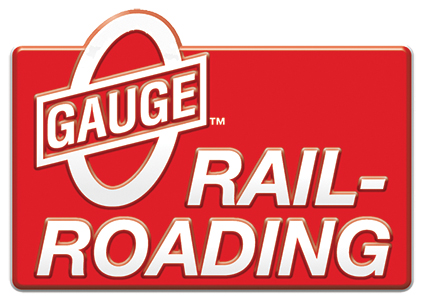@Vitto
Maybe I am underthinking this - you need one outlet for transformer power and another for accessories. I do use surge protected power strips (metal case) to connect the wall warts. For what its worth, my previous employer removed all plastic case power strips over the course of a couple of days from all facilities, offices too, due to an office fire caused by a failed plastic cased power strip.
If you are only using transformer bricks then you will need a TIU and and AIU for switches. I've found I can run reasonably well under conventional transformer control and have fallen back on it when I just want to run trains in a loop. Sometimes I do not want to bother with connecting the WiFi TIU and tablet. I have a z4000 but also a stand alone transformer controller when needed for conventional. Layout wiring is the same.
Are your turnouts going to be manual or motor control? If using Ross, the DZ1000 and DZ2500 are the usual motors/control. The DZ1000 has a nub you can use to move the points without power. The DZ2500 needs to be powered in order to move the points. Since I turn the power off when I am working on the layout, the DZ-1000 is a better option for me, but I do have both kinds. My biggest operating problem is when the DZs decide to only partially throw the points. I've got one turnout which is a pain to get to and also happens to be my main problem child. That one is reliable maybe 50% of the time - so I avoid using it. Keep the turnouts in easy/manageable reach.






























